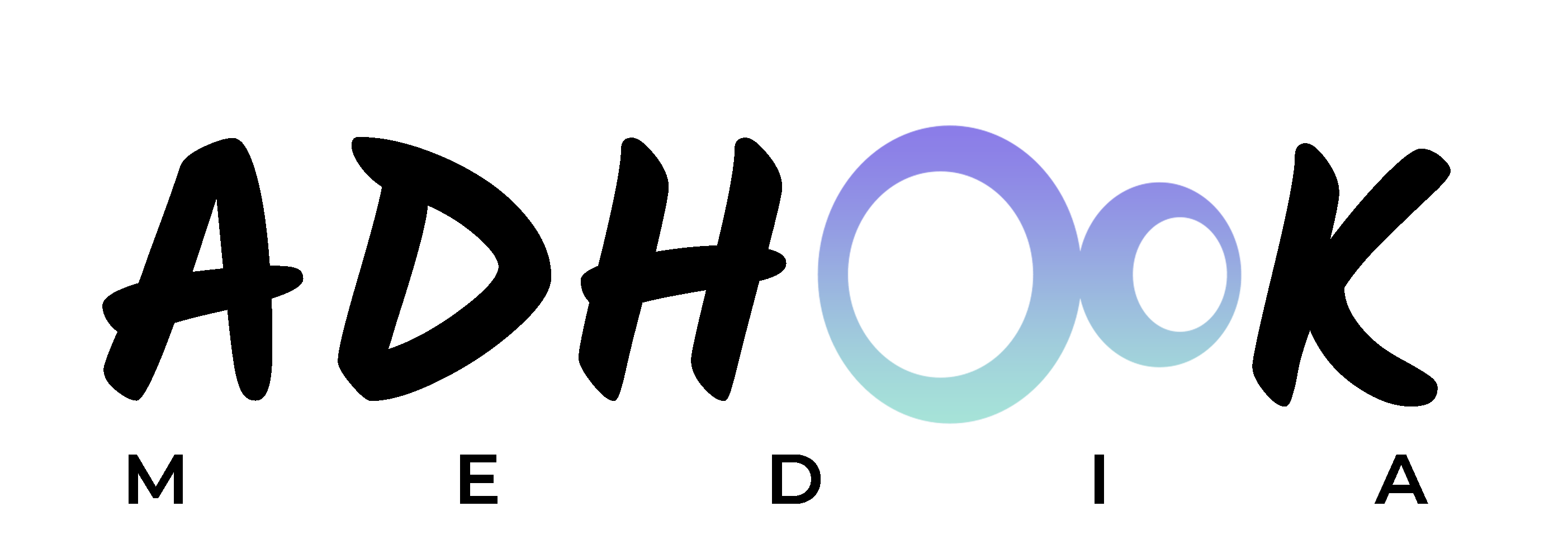What is Ghibli Art?
The animated artwork and visuals inspired by Ghibli, a studio established by visionary filmmaker and animator Hayao Miyazaki, often utilize hand-painted backgrounds, richly detailed backgrounds, and complex forms of storytelling. Ghibli’s art combines realism and fantasy to depict nature’s beauty, the simplicity of everyday life, and the awe and wonder of childhood.
AI-generated art in the Ghibli style is rampant. But is it a tribute to a beloved style or plagiarism? Where do we draw the line between inspiration and imitation? Let’s unpack this debate.
What Makes Ghibli’s Art Unique?
Studio Ghibli has a distinctive style. Hand-drawn imagery, intricate scenes of nature, and a quiet, romantic feeling give the art uniqueness. But it isn’t only how it looks–it is the stories Ghibli’s art tells. Every frame in a Ghibli film evokes a feeling, whether it be melancholy, curiosity, or nostalgia.
When you think of the countryside in My Neighbor Totoro, Spirited Away Golden Sunsets, and the flying machines in Howl’s Moving Castle, these moments don’t resonate with us just because they are beautiful; they tell a story. Today, AI tools can create Ghibli-style artwork in seconds. Do they possess the same spirit, or are they hollow reproductions?
How AI Imitates the Ghibli Aesthetic
AI learns by processing massive quantities of images. With enough Ghibli-style art to draw upon, it can generate something similar. Apps like Midjourney and Stable Diffusion now produce dreamy, hand-drawn-looking landscapes based on simple text prompts. But there’s a difference–AI doesn’t “know” Ghibli’s world. It doesn’t feel the happiness of a quiet evening or the sadness of a farewell moment. It just imitates shapes, colors, and patterns without knowing why they matter.
Inspiration vs Imitation
Artists have always found inspiration from one another. The famous painters, filmmakers, and musicians all have some influence from a source who came before them, but influence and imitation are different. To illustrate this difference, perhaps the artist is inspired by a Ghibli film.
The artist might create something visually similar, but each artist brings their ideas and emotions to their art. AI doesn’t do that; it doesn’t contain any human elements; instead, it just takes elements, mixes them, resizes them, and recolors them without personal experience. The finished product will likely look new but will lack any depth.
AI: A Tool or a Shortcut?
Some feel AI is just another tool–like Photoshop or a camera. It can help artists develop ideas, speed up workflow, or generate backgrounds. In this way, AI is not supplanting creative spirits; it’s aiding them. The concern arises when AI-generated images are marketed as genuine artwork. Where does the value of human artistic work go when anyone can input a few words and an image is produced? Does it make individuals less inclined to work hard and become skilled at the craft?
The Ethical Aspects of AI-Produced Art
One big question is the source of the AI’s knowledge. When trained on Ghibli’s art or fan art, is that fair use, or is it theft? AI uses whatever data is provided to it without requesting permission. If a person traced a frame from Ghibli and claimed it as her own, it would be considered plagiarism. But when AI does something similar, the lines become blurred. It raises questions about ownership of art and whether AI is taking into account and respecting the work of real artists.
Is it possible for AI to Capture the True Spirit of Ghibli Art?
AI can mimic Ghibli’s colors, textures, and lighting. But can AI evocate the quiet melancholy of the lonely train ride in Spirited Away? Can it portray the joy of running through the field of flowers while dreaming of becoming a successful witch like in Kiki’s Delivery Service? Can AI conjure more than the feeling of nostalgia?
The answer is no – for now. AI lacks the lived experiences, cultural influences, and emotions inherent in Ghibli’s Art. It can replicate something, but it cannot create something original in the same way a human can.
Conclusion: Is It Inspiration or Imitation?
Inspiration and imitation can be distinguished mainly by intent. A human artist responds to the influence of Ghibli with their perspective and emotions; artificial intelligence utilizes the concept of Ghibli to generate a piece of past styles without creating direct meaning.
Ghibli’s art is special again because of the human ‘hand’ in it. It’s not just how it looks, but how it makes a person feel. AI can produce stunning images, but for now, it has yet to have the heart and humanity to create anything in Ghibli’s stratosphere. The discussion will continue as AI is constantly evolving. However, one thing is clear: art is not about aesthetic value. It is better described as “an artistic practice that stems from human emotion and intention.” Art is about the narrative the picture tells, the feeling it evokes, and the humanity that gives the piece its eternal quality.

